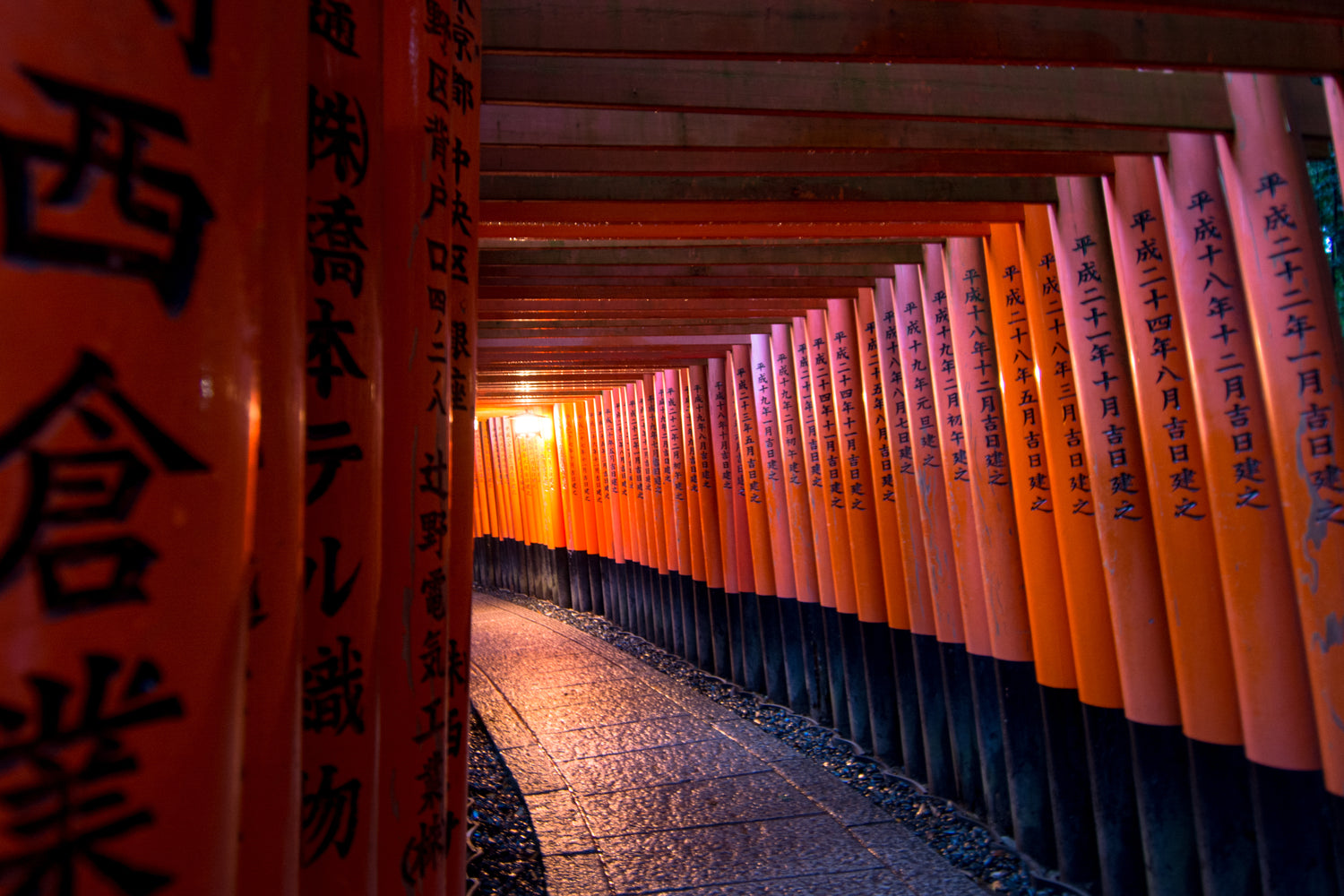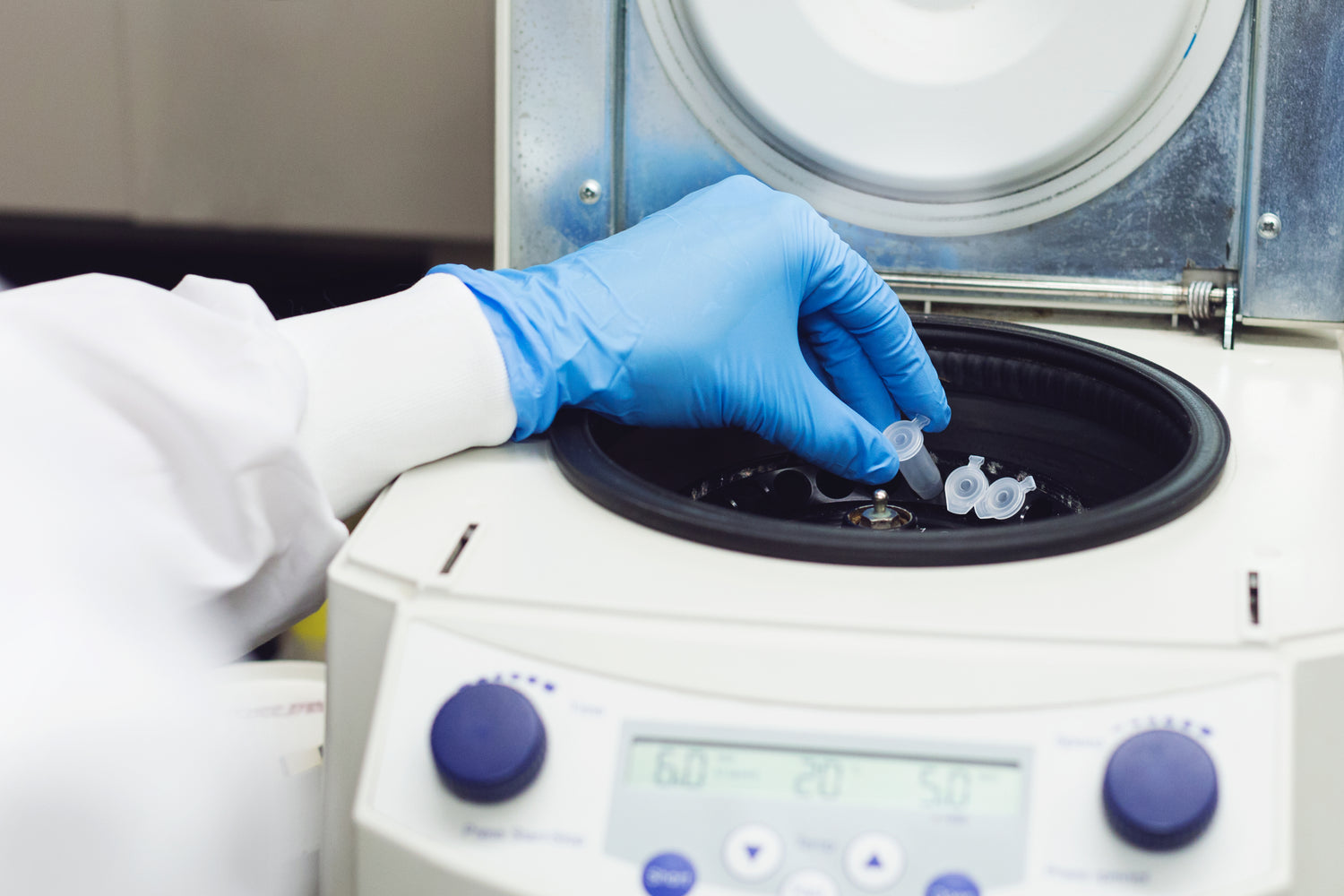Japanese anti-cancer vaccine
The Japanese anti-cancer vaccine is an immune-based therapy for the prevention and treatment of cancer. It strengthens the ability of the immune system to recognize and destroy cancer cells. The vaccine uses the mechanism of dendritic cell activation to induce an immune response against specific cancer cells, which serves both to prevent and fight cancer. This vaccine is suitable for the prevention and treatment of various types of cancer, especially in people at risk and patients in the early stages of cancer.

Mechanism of Dendritic Cell Activation and Cancer Prevention
The central mechanism of anti-cancer vaccination is based on the activation of dendritic cells (DCs) to increase the anti-cancer capacity of the immune system. Dendritic cells recognize cancer cells, process them and transmit this information to T cells, which then initiate a targeted immune response against the tumor cells. This process allows the body to quickly eliminate cancer cells and build a long-term immune defense that prevents cancer from recurring and spreading.
-
Benefits of Therapy
- Dual function: prevention and treatment : The Japanese anti-cancer vaccine not only serves to prevent cancer, but also as a supportive therapy for cancer treatments, particularly suitable for people at risk and patients in the early stages.
- Strengthening the immune system : By activating immune cells (DCs and T cells), vaccination increases the body's ability to recognize and destroy cancer cells and reduces the risk of metastases and relapses.
- Personalized immunotherapy : The vaccination is individually adapted to the patient's immune status and type of cancer to ensure optimal results.
- Minimal side effects : Since the vaccination is based on the body's own immune system, side effects are minimal and the therapy is considered safe.
-
Clinical Applications
- Cancer prevention : Suitable for people at risk, such as people with a family history of cancer or genetic predisposition, to prevent the occurrence of cancer.
- Supportive cancer therapy : Particularly effective in patients with early-stage cancer as it can improve the effectiveness of radiation or chemotherapy and inhibit tumor growth.
- Preventing cancer relapse after surgery : Helps cancer patients rebuild their immune systems after surgery and prevent relapse.
- For immunocompromised patients : Ideal for people with weakened immune systems as vaccination strengthens the immune system and reduces the risk of disease.
therapy course and steps
1. Health assessment and immune analysis
A comprehensive health assessment and immune analysis is performed to determine whether the patient is suitable for anti-cancer vaccination and to assess the functioning of the immune system.
2. Creation of a personalized vaccination plan
Based on the patient's health condition, cancer risk and immune status, the treating physician develops a customized vaccination plan.
3. Vaccinations
Vaccination is usually administered subcutaneously or intramuscularly. Each session lasts about 15-30 minutes and the number of injections is adjusted individually.
4. Monitoring and adjustment
During the course of treatment, the doctor regularly monitors the patient's immune response and adjusts the treatment plan as needed to ensure the best results.
Frequently Asked Questions (FAQ)
What are the side effects of the Japanese anti-cancer vaccine?
The vaccination usually does not have any serious side effects. Occasionally, slight redness or pain may occur at the injection site, but this will go away on its own.
When will the first results be visible?
Some patients experience an improvement in immune function after the first vaccinations, while preventive effects in at-risk individuals become more evident over the course of treatment.
Who is the anti-cancer vaccination suitable for?
The vaccination is suitable for anyone who wants to reduce their risk of cancer, especially those at risk, patients in early stages of cancer, people after cancer surgery and people with weakened immune systems.
How long does the vaccination process take?
The treatment period varies depending on the individual's health condition and needs. Treatment usually lasts several weeks or months, with weekly or monthly injections.
Does the vaccine work against all types of cancer?
The vaccination is particularly effective in solid tumors and early stages of cancer. The treating doctor creates an adapted treatment plan based on the patient's specific case.
whole-body hyperthermia
Whole-body hyperthermia is a non-invasive therapy that increases core body temperature to treat cancer and chronic diseases. Using external heat sources, the body is heated to approximately 42°C, improving blood flow and oxygenation to tissues, inhibiting cancer cell growth, and strengthening the immune system. This therapy is used to support cancer therapy as well as to treat chronic pain, inflammation, and immune-related diseases.

Effects of hyperthermia in the treatment of chronic diseases
In addition to cancer treatment, whole-body hyperthermia also shows significant success in the treatment of chronic diseases. By increasing the body temperature, blood circulation and the immune system are strengthened and chronic inflammatory processes are reduced. It can help in the treatment of chronic pain, arthritis, fibromyalgia and neuralgia. In addition, hyperthermia promotes tissue repair, accelerates healing and improves the quality of life of patients.
-
Benefits of Therapy
- Non-invasive : Whole-body hyperthermia does not require surgery or medication, but uses natural heat treatment. It is safe and has few side effects.
- Improved effectiveness of radiotherapy and chemotherapy : Hyperthermia increases the sensitivity of cancer cells to radiotherapy and chemotherapy, thereby increasing their effectiveness.
- Improved blood circulation : The therapy promotes blood circulation throughout the body, improves oxygen supply to the tissue and reduces oxygen deficiency in tumor tissue.
- Strengthening the immune system : The increased body temperature stimulates the immune system, increases the activity of cancer-fighting cells and improves overall immune function.
- Versatile applications : In addition to cancer, hyperthermia is also effective in treating chronic pain, inflammation and immune disorders.
-
Clinical Applications
- Cancer therapy : Whole-body hyperthermia is used for various types of cancer, especially solid tumors and patients who are resistant to radiation or chemotherapy. By increasing body temperature, cancer cells are weakened and the efficiency of other therapies is increased.
- Chronic disease management : Hyperthermia is successful in treating chronic inflammation, arthritis, fibromyalgia and other conditions. It reduces pain, promotes tissue repair and accelerates the healing process.
- Immune system strengthening : For patients with weak immune systems or immune disorders, hyperthermia helps improve the immune response and prevent infections.
- Postoperative rehabilitation : It supports healing after surgery, relieves postoperative inflammation and pain, and promotes faster recovery.
treatment process and steps
1. Health assessment and treatment planning
Before hyperthermia begins, a comprehensive assessment of the patient's health is performed, paying particular attention to heart, lung and tumor function to ensure safety.
2. Creation of an individual therapy plan
Based on the patient's clinical picture and treatment goals, the doctor develops a customized therapy plan that determines the temperature, duration and frequency of sessions.
3.Implementation of hyperthermia
Hyperthermia is performed using infrared or other heat radiation devices that gradually increase the body temperature to 40-42°C. A session usually lasts 1-2 hours, with the patient resting in a special heat cabin or on a therapy couch.
4. Follow-up and adjustment of treatment
After each session, the patient's response is monitored and the doctor adjusts the treatment plan if necessary to maximize effectiveness and minimize possible side effects.
Frequently Asked Questions (FAQ)
Does whole-body hyperthermia have side effects?
Possible side effects of whole-body hyperthermia include temporary fatigue, mild dizziness, or skin flushing. These symptoms usually disappear quickly after treatment.
How long does it take until the first results become visible?
The effect varies from patient to patient. Some notice an improvement in symptoms after just a few sessions, while cancer patients often require multiple treatments to see significant tumor changes.
Is whole-body hyperthermia suitable for all cancer patients?
Not all cancer patients are suitable for hyperthermia, especially patients with heart disease, impaired lung function or severe infections. A thorough examination is necessary before starting treatment.
Can hyperthermia be combined with other therapies?
Yes, whole-body hyperthermia is often used in combination with radiation, chemotherapy or immunotherapy to improve overall results. The doctor will create the optimal treatment plan based on the patient's condition.
How often is the therapy performed?
Treatment usually takes place once or twice a week, with the frequency being adjusted depending on the course of the disease and the success of the treatment. The exact duration and frequency are determined by the treating doctor.



